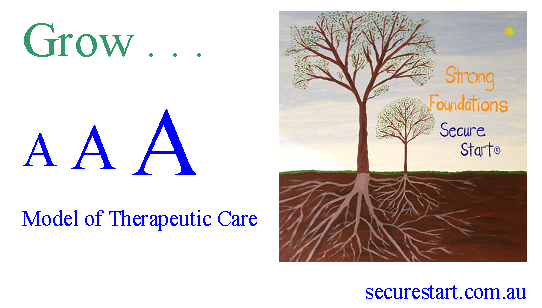My name is Colby Pearce and I am a Clinical Psychologist with more than twenty years experience as an applied researcher and clinician in child and adolescent mental health. For much of my working life I have offered professional services to a population of children who are among the most disadvantaged members of the community. These are children who experienced significant adversity in their early life as a result of abuse and neglect. The abuse and neglect of these children was typically a recurrent feature of their life, such that they did not know sustained periods of safety, security and happiness. It typically began in the context of their first care arrangements, such that they were removed from those care arrangements for their own safety and wellbeing. There was often more than one form of maltreatment. It occurred at a time of rapid growth and development and shaped the growth and development of these children. The maltreatment these children endured was complex, in that it was recurrent and varied, as opposed to a single incident; it was developmental, in that it occurred during the first years of life and shaped growth and development; and it was traumatic, in that it characteristically resulted in prolonged physical and emotional distress to the child.
In my working life I continue to observe statutory child protection, alternative care and education institutions struggle to consistently meet the significant care needs of children who have experienced complex developmental trauma. Notwithstanding the best intentions and efforts of those who interact with them in care and management roles, relationship breakdowns and changes in care and/or education placements are an all-to-familiar aspect of the experience of these children. All-to-frequently, these children are denied basic fundamentals, such as a stable home and education placement.
Though there is no shortage of theories about the presentation of children who have experienced complex developmental trauma, these theories either do not translate well into practical and feasible care and management practices or there is an apparent reluctance among adults in care and management roles to accept that these children require a different approach to care and management than the approaches they know from their own experience experiences of caregiving (as a caregiver and having been cared for) and a so-called caregiving instinct. The Triple-A Model of Therapeutic Care arose out of a need to develop a practical, user-friendly back-to-basics model for the care of these deeply hurt and, often, troubled children that is acceptable to their caregivers in various contexts.
The Triple-A Model of Therapeutic Care was developed across almost twenty years of observation of children who have experienced complex developmental trauma and reflection on what psychological science can tell us about how trauma has shaped the development of these children and how these adverse developmental pathways can be re-directed. There is a back-to-basics focus on practical caregiving practices that are based in psychological science. The Triple-A Model of Therapeutic Care does not stop at informing carers why these children negotiate life in the way they do; it offers clear solutions and rationales for carers that are easy to implement and, most importantly, sustain over time.
The Triple-A Model of Therapeutic Care is not a deficit model. It does not focus exclusively on the damage done to children that have experienced complex developmental trauma and propose ways to fix them. Rather, the Triple-A Model of Therapeutic Care is a strengths-based approach, whereby there is a focus on existing skills and abilities of carers and applying them to promoting positive developmental trajectories for these children. That is, there is not a focus on what adults in a care and management role are doing wrong but on what they are already doing right. Similarly, there is a focus on promoting lasting wellbeing and resilience amongst this group of children; including through acknowledgement and validation of their positive attributes.
The Triple-A Model of Therapeutic Care is not intended to replace other models. Rather, the back-to-basics nature of the model is intended to form a strong basis for implementation of other caregiving models, where they are required. The need for a back-to-basics model is based on the rationale that you cannot build a strong wall on shaky foundations.

